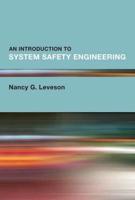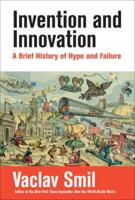Publisher's Synopsis
Excerpt from The Curtiss Standard Jn4-D Military Tractor: Hand Book, 1918
The physical conditions at the assembly depot may be more admirably suited for methods other than those outlined in this Hand Book.
But whatever the details of procedure, the under lying principles upon which the herein suggested methods are based, remain the same.
N otc the cautions and ideas advanced. They mean sound machines after assembly.
In outlining the general method of assembly, basic principles are again followed. In the description of the adjustment of any machine, that which unfortunately cannot be formulated is the personal equation of the assembler. Several quick schemes may suggest them selves for preliminary set-ups, but it is well to finish the assembly and inspection according to the letter of the instructions. A manual which emphasizes the Don'ts tends to make the reader lose the perspective of the Do. Yet the questions which have been the cause for the publishing of this book, have shown re peated disregard or misinterpretation of the instruo tions contained in all the packing cases. With each machine are packed the necessary blueprints showing the general details of the principal members, and the assembly-relations These blueprints are as much an integral part of these printed instructions as construe tion drawings are of specifications. A careful study of both will answer most of the questions that arise in the course of field assembly.
About the Publisher
Forgotten Books publishes hundreds of thousands of rare and classic books. Find more at www.forgottenbooks.com
This book is a reproduction of an important historical work. Forgotten Books uses state-of-the-art technology to digitally reconstruct the work, preserving the original format whilst repairing imperfections present in the aged copy. In rare cases, an imperfection in the original, such as a blemish or missing page, may be replicated in our edition. We do, however, repair the vast majority of imperfections successfully; any imperfections that remain are intentionally left to preserve the state of such historical works.










